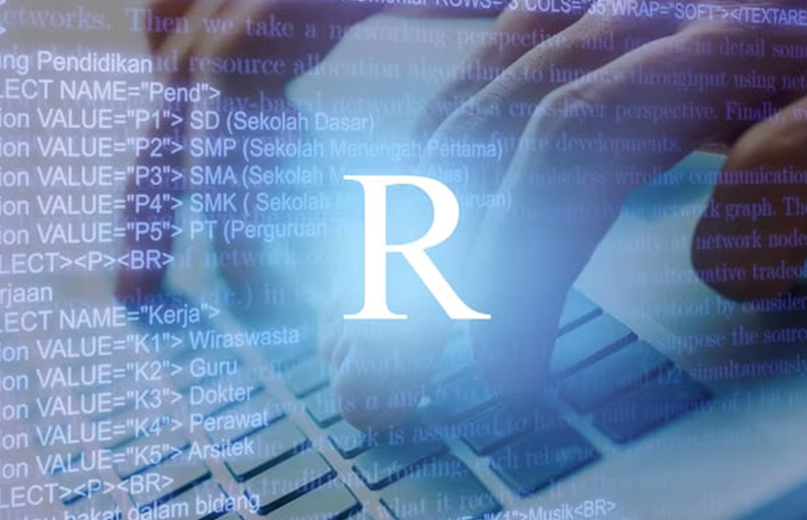
- February 19, 2024
- Praveen
- 0 Comments
- Social Media
R-Programming
R-Programming:
R is a programming language and environment specifically designed for statistical computing and data analysis. It provides a wide range of statistical techniques and graphical capabilities and is widely used by statisticians, data scientists, researchers, and analysts for various purposes. Here are some key aspects and uses of R programming:
1.Statistical Analysis:R provides a comprehensive set of built-in functions and packages for conducting various statistical analyses. Users can perform descriptive statistics, hypothesis testing, regression analysis, time series analysis, multivariate analysis, and more using R.
2.Data Visualization: R offers powerful tools for creating high-quality visualizations to explore and communicate insights from data. Users can generate a wide range of graphical plots and charts, including scatter plots, histograms, bar charts, line graphs, heatmaps, and more, using packages such as ggplot2 and lattice.
3.Data Manipulation:R provides extensive capabilities for data manipulation, transformation, and cleaning. Users can manipulate datasets, filter rows, select columns, reshape data, merge datasets, handle missing values, and perform other data wrangling tasks using packages such as dplyr and tidyr.
4.Machine Learning:R has a rich ecosystem of packages for machine learning and predictive modeling. Users can build and train machine learning models for classification, regression, clustering, dimensionality reduction, and other tasks using packages such as caret, randomForest, xgboost, and keras.
5.Data Import and Export: R supports importing data from various sources, including text files, CSV files, Excel spreadsheets, relational databases (e.g., MySQL, PostgreSQL), and other statistical software formats (e.g., SAS, SPSS). Users can also export data to different formats for further analysis or reporting.
6.Reproducible Research: R facilitates reproducible research by allowing users to write scripts and documents that combine code, data, and explanatory text in a single document format (e.g., R Markdown). This enables researchers to document their analysis workflow, share their results, and reproduce their findings easily.
7.Data Mining and Text Analytics: R provides tools for data mining and text analytics, allowing users to discover patterns, extract insights, and gain knowledge from large datasets. Users can perform text mining, sentiment analysis, topic modeling, and other text analytics tasks using packages such as tm and text2vec.
8.Bioinformatics and Genomics:R is widely used in the field of bioinformatics and genomics for analyzing biological data, such as DNA sequences, gene expression data, and protein structures. R provides specialized packages and tools for analyzing genomic data, performing sequence analysis, and visualizing biological networks.
Overall, R programming is a versatile and powerful tool for statistical computing, data analysis, and visualization. Its rich ecosystem of packages, active community support, and open-source nature make it a popular choice for data scientists and analysts working in various domains.


Leave a Comment